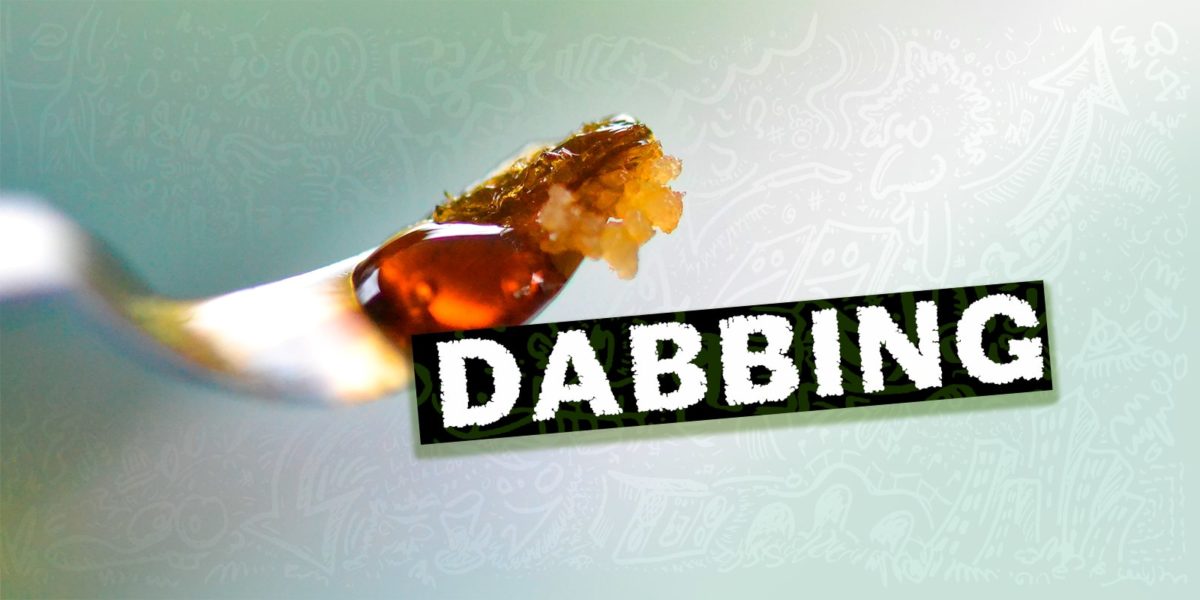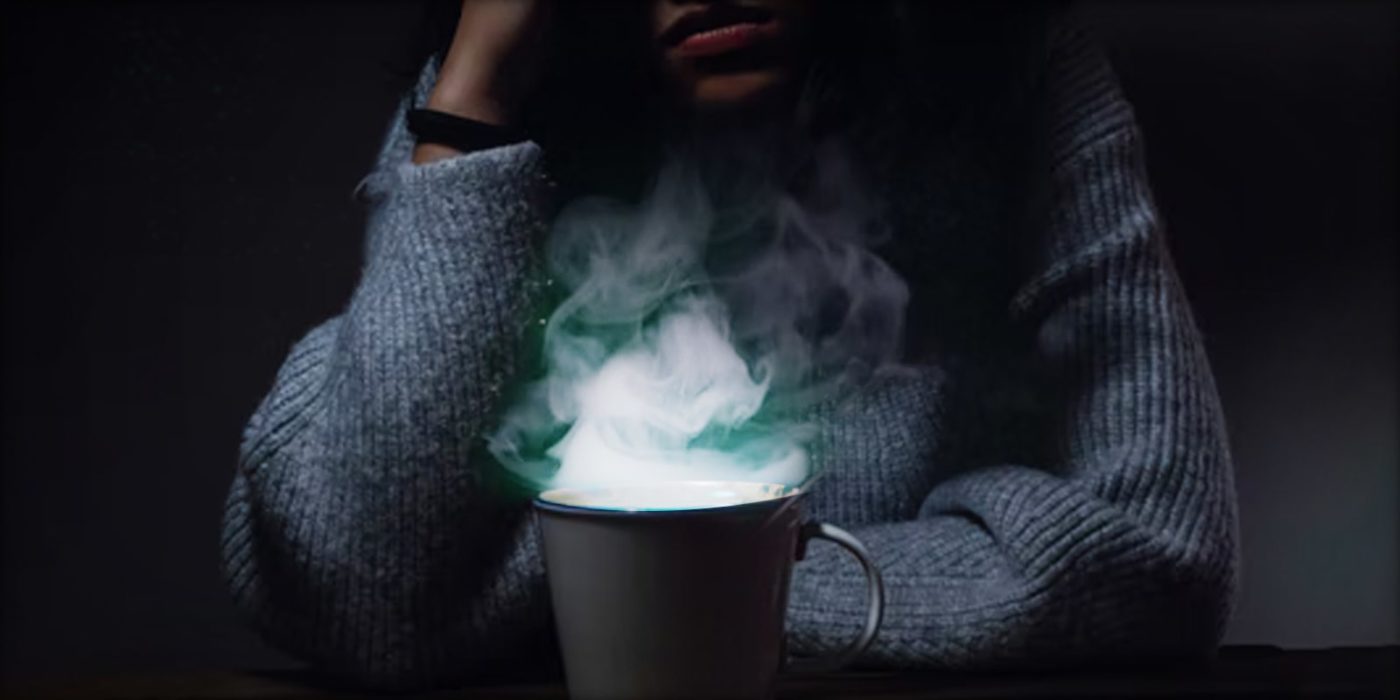WELCOME TO WEEDSTOCKERS
THE SEEDSTOCKERS BLOG

Tutto ciò che c’è da sapere sul Dabbing
4 August, 2021
White Widow Autofiorente, una varietà leggendaria con una genetica potente
11 August, 2021What is Dabbing?
There’s a sensational new method for consuming cannabis, that is slowly taking hold all over the world. It’s called Dabbing!
Dabbing is a method of consuming concentrates, which are made by extracting cannabinoids and other desired compounds like terpenes and terpenoids.

In the US, dabbing has become so popular that concentrates now represent 75% of the products sold in the legal cannabis market!
How does it work and what do you need?
Cannabis concentrates come in lots of different forms and textures – shatter, wax, distillate, rosin, diamonds, etc. Dabbing is a technique for vaporizing these concentrates and inhaling them.
There are numerous devices on the market for accomplishing this, and in fact its totally possible to simply mix your flower with concentrate and roll it into a joint. Dabbing refers to a very specific practice that involves a water pipe or bong, with an attachment.
Instead of using a bowl as you might usually use for packing flower and smoking out of your device – a metal, glass, or ceramic “Nail” is attached to the water pipe or bong. This nail is then heated (either by butane or propane torch or by an electronic temperature controller) to a range of 250-375 C. Using a glass or metal stick, the concentrate is place on the heated nail and it instantly begins to vaporize. The vapor is subsequently inhaled by the user. This is a way of taking an entire joint’s worth of THC to the dome in a single hit!

Dabbing has become so popular in the US that concentrates now represent 75% of the products sold in the legal cannabis market.
Concentrate vs Hash
Simply put, concentrates are a kind of hash that have gone through a higher refinement process in order to be vaporizable, or dabbable, and contain as few undesirable compounds from the plant as possible. Traditional Hash, is essentially a collection and isolation of trichome material from the plant. Concentrates take this a step further. Concentrates are made by the expert use of solvents and filtration methods in order to produce a higher purity product by removing the trichomes and further isolating the cannabinoids and terpenoids within them.
Typically, traditional hash is not dabbable because it still contains too many plant materials and isn’t of a high enough purity. Some extraction artists have managed to hone their skills to a point of creating dabble concentrates using the isolater method and water as their solvent. Remember that “Solvent-less” is a misnomer for water extracted hash techniques – water is a solvent!
What is the difference between a Concentrate, and an Isolate?
To begin with, two major categories are considered: Concentrates and Isolates:
Concentrates, as is clear in the name, are highly concentrated collections of cannabinoids and desirables such as terpenes and terpenoids, and they typically test at 65% cannabinoid content or above. More frequently, well made concentrates test from 75%-92% cannabinoid content.
Isolates are further refined versions of concentrates. Isolates, like THCa isolate, are products made by method of isolating a single component from the concentrate. THCa diamonds are an example of isolates. Isolates are commonly white or off white powders of very high purity. Distillates can also be examples of isolates, but aren’t necessarily as some distillates have not been made while separating out individual cannabinoids and are a blend of them instead.
What are some examples of concentrates and how are they made?
Concentrates are typically made using Hydrocarbon, Alcohol, Water, or Heated Press extraction techniques. Each one of the techniques has the potential to create a different range of end products.
Hydrocarbon extraction techniques make use of solvents like Heptane, Propane, Butane, and Pentane, which are all highly selective solvents that are used under very controlled conditions with very expensive laboratory equipment. Performing these extractions at home, yourself, is irresponsible, incredibly risky, and puts you and potentially many others in severe danger. Without the proper training and environment, or the correct, certified appliances for this work – things can go very wrong, very quickly.
Because of the selectivity of these solvents, very high purity is able to be obtained off the very first extraction with little further remediation. When done by a professional facility, solvents are properly removed from the end product so that the consumer shouldn’t need to worry about negative health effects from the solvents. This said, many clandestine laboratories are not so scrutinous and many black market, hydrocarbon concentrates may in fact be dangerous to consume.

Alcohol extraction techniques should be done using Ethanol, rather than denature alcohols or isopropyl alcohols. While these are reasonably safe enough to be performed on your own property – caution should be had and safety taken into account because ethanol is highly explosive. Alcohol is much less selective than hydrocarbon extraction techniques, and the end product is often much more green and fatty and of a lower purity because of the chlorophyll and plants waxes and fats that come along with the cannabinoids during extraction. This being said, savvy extraction artists have filter and temperature techniques that allow for alcohol made concentrates which are as high in levels of cannabinoids as their hydrocarbon cousins.
Water extraction methods like Isolater techniques also have the ability to create dabbable techniques. Extraction artists are able to make use of the insolubility of THC and other desirables within water in order to produce a product that has a rather high purity.
Heated press extraction techniques produce a product called Rosin. By using large flat plates to create heat and pressure, it is possible to squeeze the extract out of cannabis material – much like juicing a fruit! Often times, this is done not just with flower material but with traditional hash or isolator material in order to further refine it and make it dabbable. Generally speaking, the fat and wax content of this kind of concentrate is much higher and might be dangerous for consumption as inhalation of fats and waxes has been linked to liposomal pneumonia.
What are distilates?
Distilates are made by further refining concentrates. Much like whiskey and other spirits are distilled, Concentrates can be distilled to further purify them and make them usable in things like vape pens! Distillates made properly, should have no flavor, no smell, and be nearly crystal clear. They are often 92% THC or above and are frequently used for making edibles. As mentioned before, distillates can be isolations of one specific cannabionid, or might be a blend of more than one cannabinoid.

Is Dabbing Weed Safe?
It is impossible to say that inhaling anything is safe. Dabbing concentrates offer benefits that might reduce the risk of consuming cannabis. Because combustion is not involved, many carcinogenic materials are not created. One hit, and you’re high, also means you’re taking fewer repetitions, subsequently consuming less burned plant material throughout the day.
➡️ It may interest you: Dab rig vs. bong: What’s the difference?
What is BHO?
BHO is the name given to concentrates that have been made by using specifically butane as a solvent. Typically speaking, BHO is a terminology that is being used less and less and is virtually non-existent these days in the legal market. BHO is a terminology derived from the black market in days before the legal market existed and primarily refers to concentrate products made by using butane cans to blast cannabis material into the open air.
Not only is it insanely dangerous to the extractor and the people in the vicinity – it can also be incredibly dangerous to the consumer because the quality of butane used is at question and the extractors removal of residual solvents may have been done half-baked.












